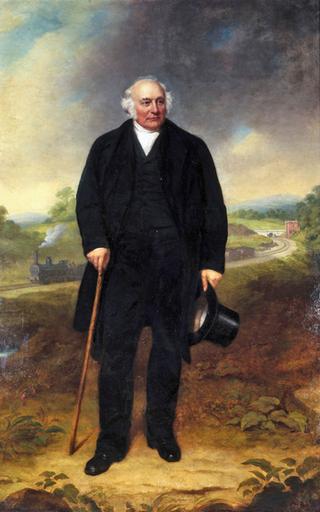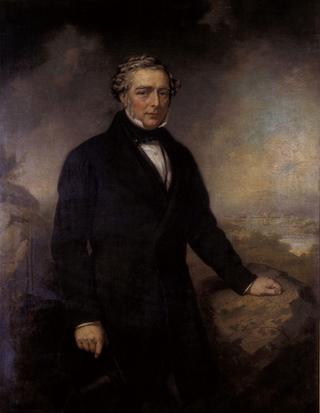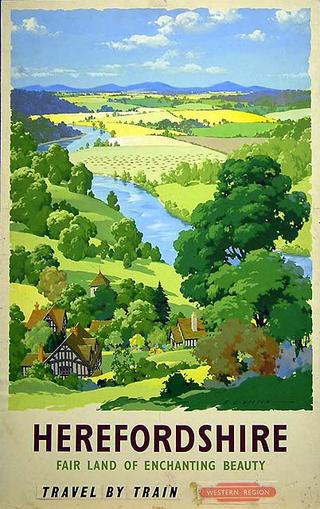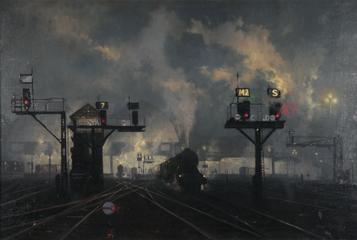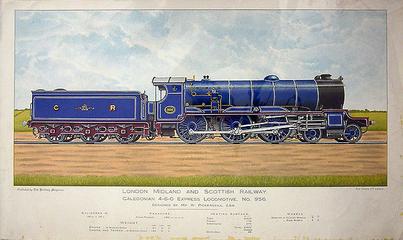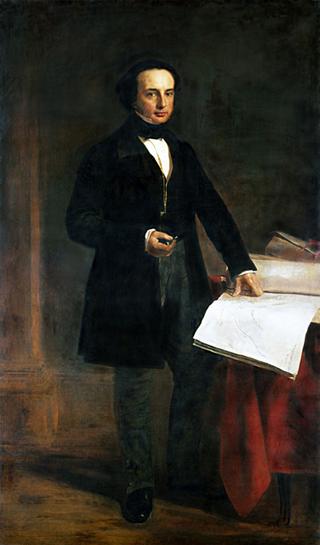
Portrait of Constance Garstin in Darjeeling, India
- Made:
- 1861-08
- maker:
- Henry Yule
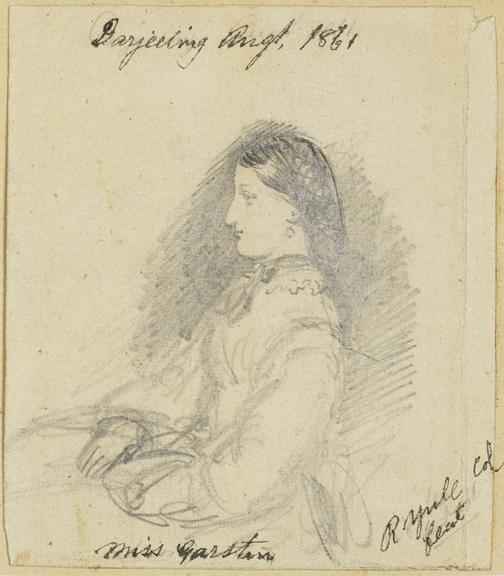
Drawing, pencil, Miss Garstin, by Colonel R Yule, 1861. Depicts a profile view of a young woman in a long dress. She wears her hair in a net and her hands are folded in her lap. At the top, in ink is the inscription ‘Darjeeling Augt. 1861’ and below the portrait is the name of the sitter. At right are the words ‘R. Yule Col fecit’. Unframed. From the collection of George Turnbull, Chief Engineer of the East Indian Railway. The inscriptions are in Turnbull’s hand.
George Turnbull spent April to September 1861 in Darjeeling, a summer resort town in the Himalayan foothills to the far north-east of India. Accompanying Turnbull on the trip were his wife, two children, the family’s Ayah (nanny), and a nurse named Mrs Dyson. Turnbull found the Darjeeling residents to be ‘very sociable and friendly, and dinner parties and tiffin parties the order of the day.’ One of those residents was Constance Julia Garstin (1841–1916), who is depicted in this portrait.
Turnbull found his time in Darjeeling relaxing: ‘Tea parties, balls, theatricals going on now and then; no one seems to have anything else to do, so it is natural to get up [to] amusements; among the latter may be included several marriages’. Constance Garstin was among those getting married: on 30 July 1861 she married Major Francis Geach Crossman (1821–1868). Little else is known about her life.
This portrait is dated August 1861, shortly after Garstin and Crossman’s marriage. The inscription attributes it to a Colonel R. Yule. This is perplexing. Colonel Henry Yule was under-secretary to the department of public works and had particular responsibility for the development of the railways. Turnbull knew Yule well, and wrote of him in his autobiography: ‘Yule was by far the best of all the men I met with as consulting engineers in India.’ Henry Yule did have a brother with the initial R. (Robert), however he died before 1861, during the 1857 Indian Rebellion. In his autobiography Turnbull seldom made reference to Henry Yule’s first name, so it is possible he made a mistake when adding the inscription. A painted portrait of Henry Yule by Theodore Blake Wirgman is in the Royal Engineers' Mess-house at Chatham. The National Portrait Gallery holds several etched portraits of Yule by Wirgman (see NPG D9244).
Scottish engineer George Turnbull (1809-1889) oversaw the creation of one of the first railways in India, the East Indian Railway (EIR). The EIR ran from near Calcutta (now Kolkata), an East India Company trading post in the north-east that the Company established as the capital from 1773. The terminus was originally Benares (now Varanasi), but the line quickly extended to New Delhi in the north, which became the capital of India in 1911. Calcutta and New Delhi are over 1,300km miles from each other – further than the distance between Paris, France and Budapest, Hungary.
Turnbull collected artworks during his time in India, many of which were produced by EIR engineers. These watercolours and drawings provide a rare view of nineteenth-century India from the perspective of the British engineers designing and building the country’s first railways. The collection includes landscape scenes and portraits. While many of the landscapes show the construction of the railway, others focus entirely on India’s local architecture or its rural spaces. The portraits are of people Turnbull encountered while in India. While the portraits of British people are inscribed with their names, most of the Indian people depicted remain anonymous or identified only by their job.
The British introduced railways in India to satisfy the mounting economic and military needs of their colonial administration. They hoped that the new technology would foster an increased sense of collective identity by making it easier to travel quickly between distant regions. They also hoped the railways would socially ‘improve India’ by instilling a sense of punctuality among Indians, a quality British colonialists believed Indians lacked. The racist stereotypes underpinning these intentions, and the interconnected idea that technology could trigger social change, were common beliefs in nineteenth-century British society.
Details
- Category:
- Pictorial Collection (Railway)
- Object Number:
- 2017-7100
- Materials:
- paper (fibre product), pencil and ink
- type:
- drawing, pencil
